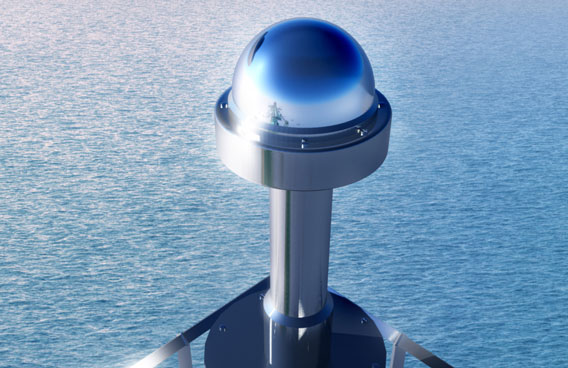- City Fajr Shuruq Duhr Asr Magrib Isha
- Dubai 05:11 06:26 12:05 15:13 17:38 18:54

BAE Systems Laser Distraction (SUPPLIED)
An Indian dhow MSV Al-Musa sailing from Dubai to Salalah has been attacked by pirates off the coast of Oman. According to India's directorate of shipping, pirates have taken about 14 Indians hostage.
The incident occurred on Sunday when the dhow was sailing at about 50 miles off Oman and about 800 nautical miles from the Somali coast carrying food items.
 (SUPPLIED)
(SUPPLIED)
The number of piracy related incidents has been on the rise with 26 additional attacks in 2010 compared to 2009.
According to the latest statistics made available by the International Maritime Bureau's Piracy Reporting Centre, there has already been 15 pirate attacks across the world within the first eleven days of 2011 – fourteen of which belong to the Somalian region – with two successful hijackings and 41 sailors taken hostage.
India's Directorate General of Shipping has urged its citizens not to take up jobs on small dhows n the Gulf of Aden region.
There has also been an increase in the piracy related incidents in the central and eastern Arabian sea.
Last October a Sri Lankan captain was killed in a pirate attack in international waters when the ship was returning to the UAE from Iran carrying petroleum products.
Meanwhile, London-based BAE Systems says it has successfully demonstrated a non-lethal prototype device that can deter pirates from attacking commercial vessels such as oil tankers and container ships.
The devise will send a laser beam capable of providing a visual warning to pirates at distances greater than 2km, and of disorientating attackers sufficiently at lesser distances so that weapons cannot be targeted effectively. The power levels of the laser however will remain eye safe, says a statement issued by BAE systems.
Roy Evans, BAE Systems capability technology lead for laser photonic systems, said: “The effect is similar to when a fighter pilot attacks from the direction of the sun. The glare from the laser is intense enough to make it impossible to aim weapons like AK47s or RPGs, but doesn’t have a permanent effect.”
The laser was trialled during night and day in varying weather conditions and cameras were placed at the target location to demonstrate the level of beam intensity and divergence produced by the test runs. Beam oscillation techniques were also demonstrated.
“We successfully showed that the laser works not just during the night, but also in full daylight. But, there are many more requirements to meet before placing a non-lethal laser weapon on commercial ships," Evans added.
When fitted on commercial ships the laser distraction system could utilise its own targeting capability or integrate with existing ship radar and sensor systems to control the direction and power of the beam. It could therefore work semi-autonomously and would also include security features to ensure it could not be used by pirates if they boarded the ship.
![]() Follow Emirates 24|7 on Google News.
Follow Emirates 24|7 on Google News.